We've all heard of them- the Animas, Cache La Poudre, Cimarron, Yampa, Purgatoire, Uncompahgre. All of these Colorado rivers are household names throughout the state. We all say them, most of know where they are located, but what's up with the names? Most rivers are named after a town or a physical location (Colorado River, Gunnison River). Other's are named after the individuals who first recorded their discovery of the river or the leader who sent them on their exploration.
But some rivers have unusual names with unusual histories. Stories that have been told for centuries still resonate through their unique names.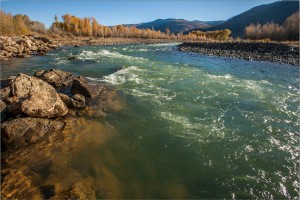
The Animas River near Durango, Colorado got it's name from in 1765 from Spanish explorer Juan Maria de Rivera. When Maria De Rivera went in search of gold from Sante Fe, his group was haunted by the empty ruins of pueblo dwellings. Thus, they decided to name the river, "Rio de las Animas Perdidas" meaning River of Lost Souls. The Animas also runs through other Aztec, Ute and Navajo lands that have sense been "lost".
Cache La Poudre River has it's headwaters in Rocky Mountain National Park and flows east from the Continental Divide. The river has supplied mining and railroad camps, cities, towns and agriculture throughout northern Colorado for centuries. But what does Cache La Poudre mean? In the 1820's French explorers were caught in a tremendous snow storm along the headwaters of the river. In order to lighten their load, they had to bury substantial amounts of gun powder along the river banks. The burying of the powder gave the water it's name, Cache La Poudre or "Hide the Powder."
The Cimarron River get it's name from early Spanish Explorers who named the water "Río de los Carneros Cimarrón" translating to "River of the Wild Sheep." Given for the large amounts of big horn sheep that explorers found along the river. Early American Explorers called the same river, "The Red Fork of the Arkansas" due it's color from the red clay banks.
The Yampa River is a tributary of the Green River which then flows into the Colorado River. The name Yampa was coined by John C Freemont who noticed the large amounts of Perideridia plants along the banks of the River.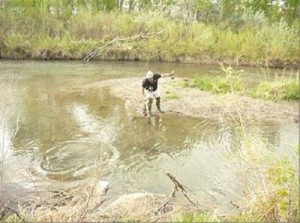
While some rivers have names from their explorers, others have interesting stories behind their name. The name could come from an event along the water, like the Purgatoire River- meaning purgatory, named by French explorers after they saw Spanish Explorers killed by a native tribe. Or it could come from the sightings explorers noticed, like the Umcompahgre- which means "Dirty Water" in Ute because of the off color of the water.
All of these river names are known to Coloradans and anglers alike, but the history behind the naming of their favorite river is known to few.






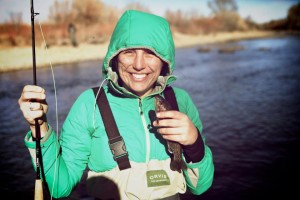
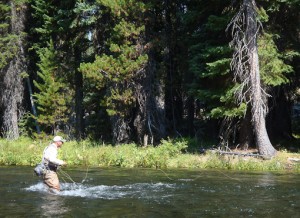


 great way to save money. And like most things, the correct answer is, "It depends." The initial cost of purchasing the tools and materials can range anywhere from $50-200+ but, again, this depends on the quality and quantity of materials.
great way to save money. And like most things, the correct answer is, "It depends." The initial cost of purchasing the tools and materials can range anywhere from $50-200+ but, again, this depends on the quality and quantity of materials.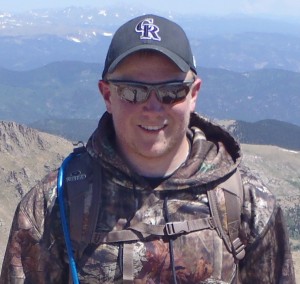
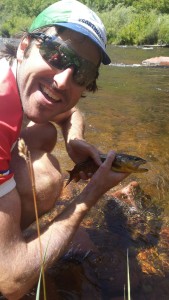




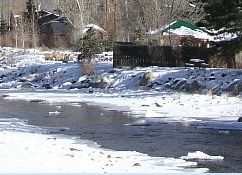


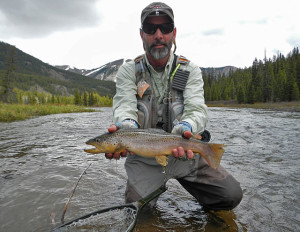 out of water will definitively kill the fish. There are tricks to minimizing air exposure and handling while still getting photo proof of your catch.
out of water will definitively kill the fish. There are tricks to minimizing air exposure and handling while still getting photo proof of your catch.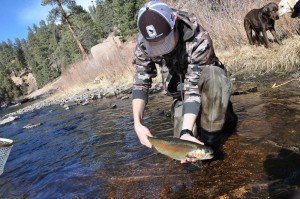 it doesn't need to leave the water). Even when the handling time is minimal, fish still need be released properly as well. When fish have experienced considerable physiological stress due to exercise and handling, they can lose their equilibrium, coordinated movements of their fins and roll or nosedive- resulting in death further on downstream.
it doesn't need to leave the water). Even when the handling time is minimal, fish still need be released properly as well. When fish have experienced considerable physiological stress due to exercise and handling, they can lose their equilibrium, coordinated movements of their fins and roll or nosedive- resulting in death further on downstream.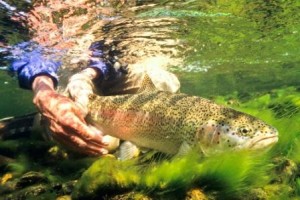 when helping it recover, do not move a fish back and forth—recall that water moving backwards over the gills does not help, but in fact, can actually harm the fish," says Dr. Danylchuck. "Let the fish go when its fins are showing coordinated movements, it can keep itself upright and it is actively trying to swim away from you."
when helping it recover, do not move a fish back and forth—recall that water moving backwards over the gills does not help, but in fact, can actually harm the fish," says Dr. Danylchuck. "Let the fish go when its fins are showing coordinated movements, it can keep itself upright and it is actively trying to swim away from you."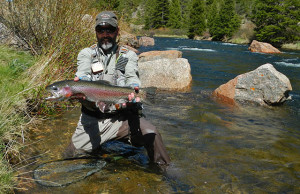 protect the resource. I was getting back into fly fishing in a big way while living in northern VA in the 90's. I became very involved at the state level in Virginia and helped with web development efforts and other projects for the VA Council of TU. In 2006, I moved to the Colorado Rockies for the mountains, rivers, and trout. I am an active member of our Gunnison Chapter of TU, the Gunnison Angling Society. I served on the Board, and was also VP and President. I built a new website for the chapter and continue to manage that, as well as chapter communications.
- What made you want to become more involved with TU?
protect the resource. I was getting back into fly fishing in a big way while living in northern VA in the 90's. I became very involved at the state level in Virginia and helped with web development efforts and other projects for the VA Council of TU. In 2006, I moved to the Colorado Rockies for the mountains, rivers, and trout. I am an active member of our Gunnison Chapter of TU, the Gunnison Angling Society. I served on the Board, and was also VP and President. I built a new website for the chapter and continue to manage that, as well as chapter communications.
- What made you want to become more involved with TU?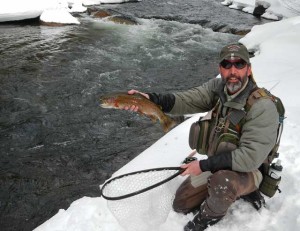
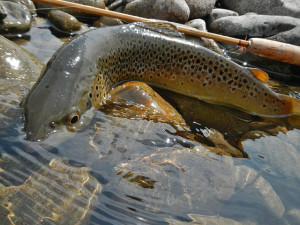 - To you, what is the best tactic or fly for catching trout?
The most important thing is patience.
That is the key word for fishing and definitely for guiding as well. You need to move slow, concentrate, and have a lot of patience and just
enjoy the ride. It’s not brain surgery. We’re just catching fish. I definitely don’t have just one top fly that I use. I enjoy dry fly fishing the most, and when I can’t do that, I love to streamer fish. So chasing big trout with a streamer is one of my favorite things to do. And for that, I like a size 4 Sculpzilla.
- To you, what is the best tactic or fly for catching trout?
The most important thing is patience.
That is the key word for fishing and definitely for guiding as well. You need to move slow, concentrate, and have a lot of patience and just
enjoy the ride. It’s not brain surgery. We’re just catching fish. I definitely don’t have just one top fly that I use. I enjoy dry fly fishing the most, and when I can’t do that, I love to streamer fish. So chasing big trout with a streamer is one of my favorite things to do. And for that, I like a size 4 Sculpzilla.
